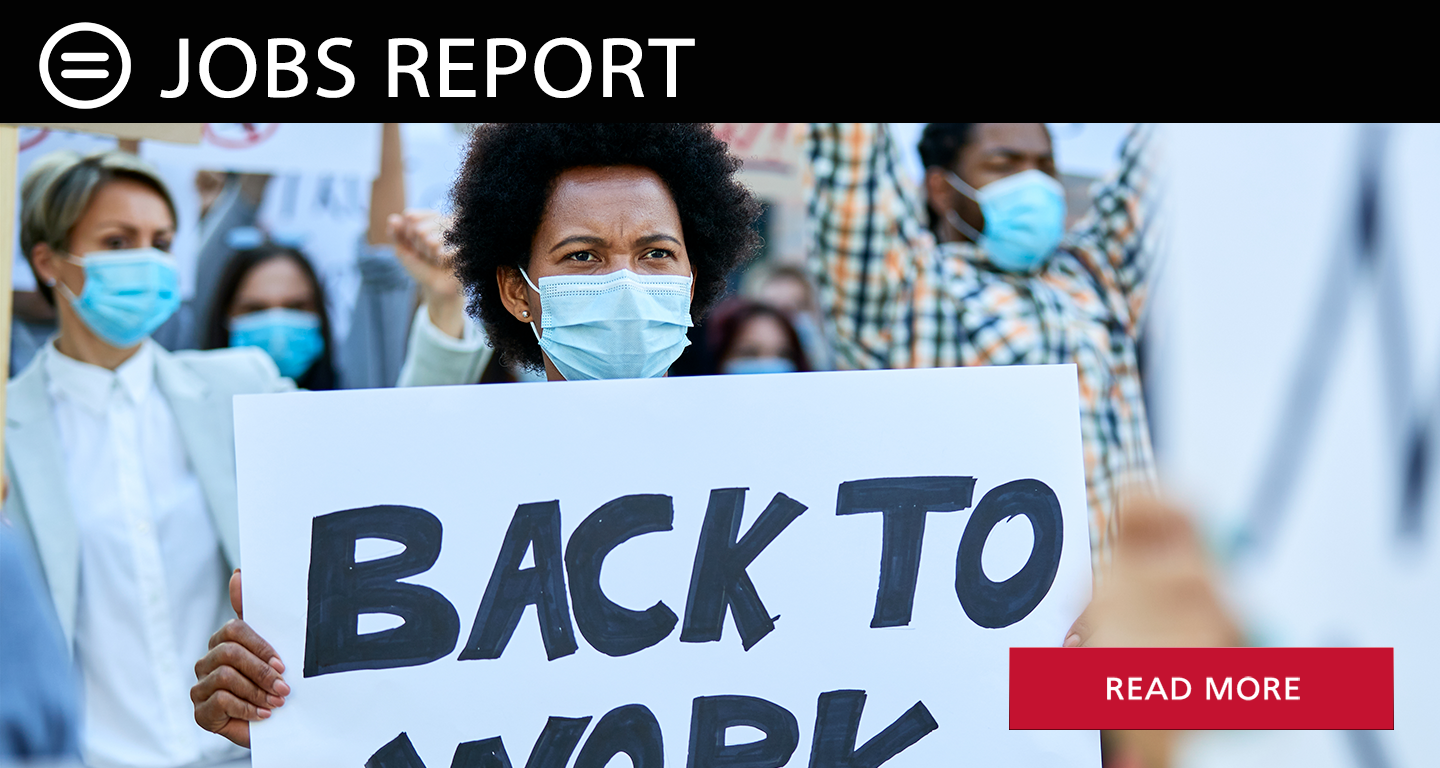Black Workers Remain Firmly Locked In The Caboose of Economic Train

By Bernard E. Anderson, Ph.D.
Senior Economic Advisor, National Urban League, and Professor Emeritus, The Wharton School, University of Pennsylvania
When the economy shuts down, jobs disappear.
In December, payroll employment declined by 140,000. Most of the employment declines came from holiday shutdowns as virus infections surged. Health care employment was up solidly; as the vaccination process ramps up, hiring should follow. Once the virus surge eases and restrictions are lifted, strong job gains might be observed during the first half of 2021. But economic growth is slowing and there is little reason to expect that once the economy moves back toward trend growth during the first half of the year, further strong job gains can be sustained. The unemployment rate could be stuck near 6 percent for an extended period. A third Covid- 19 stimulus package is vitally needed to boost sustained economic growth.
State and local budget shortfalls, caused by a pandemic-related drop in tax revenue, have led to a sharp decline in employment in educational facilities. But retail employment soared during the holiday shopping period, led by warehouse clubs and supercenters, temporary workers, and delivery services. Construction work was up, reflecting increased single housing starts. Manufacturing employment in large firms declined by 147,000 jobs, but mid-sized manufacturing firms maintained modest job growth.
The unemployment rate was unchanged at 6.7 % as both the labor force and number of people unemployed increased minimally. The number of people unemployed remained near eleven million, but the number of workers unemployed between 5 and 26 weeks dropped sharply. Nearly four million people have been unemployed for 27 weeks or longer.
The Black employment rate was 9.9 % in December, compared to the Hispanic rate of 9.3 %, and the white rate of 6%. The narrowing of the Black/white unemployment gap is deceptive, because a disproportionate number of Black workers are concentrated in low-wage jobs and industries that are hardest hit by business shutdowns. That means a disproportionate number of Black workers are being thrust into the ranks of the permanently unemployed.
Bottom line: black workers remain firmly locked in the caboose as the economic train chugs ahead toward an uncertain destination.

